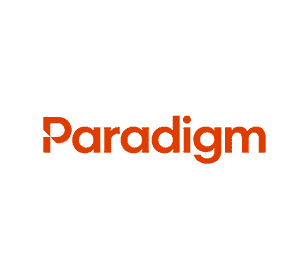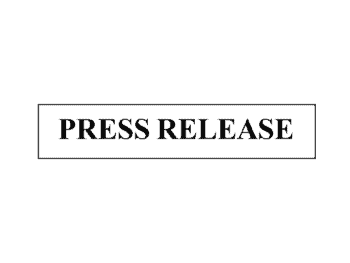Workplace exposure to hazardous chemicals is something no employer can take for granted.
The U.S. Department of Labor’s Occupational Safety and Health Administration recently announced it is launching a national dialogue with stakeholders on ways to prevent work-related illness caused by exposure to hazardous substances. The first stage of this dialogue is a request for information on the management of hazardous chemical exposures in the workplace and strategies for updating permissible exposure limits.
OSHA’s PELs, which are regulatory limits on the amount or concentration of a substance in the air, are intended to protect workers against the adverse health effects of exposure to hazardous substances.
Ninety-five percent of OSHA’s current PELs, which cover fewer than 500 chemicals, have not been updated since their adoption in 1971. The agency’s current PELs cover only a small fraction of the tens of thousands of chemicals used in commerce, many of which are suspected of being harmful. Substantial resources are required to issue new exposure limits or update existing workplace exposure limits, as courts have required complex analyses for each proposed PEL.
“Many of our chemical exposure standards are dangerously out of date and do not adequately protect workers,” said Assistant Secretary of Labor for Occupational Safety and Health Dr. David Michaels. “While we will continue to work on updating our workplace exposure limits, we are asking public health experts, chemical manufacturers, employers, unions and others committed to preventing workplace illnesses to help us identify new approaches to address chemical hazards.”
Public Comment Sought on Practices, Methods
OSHA is seeking public comment regarding current practices and future methods for updating PELs, as well as new strategies for better protecting workers from hazardous chemical exposures. Specifically, the agency requests suggestions on:
- Possible streamlined approaches for risk assessment and feasibility analyses and
- Alternative approaches for managing chemical exposures, including control banding, task-based approaches and informed substitution.
The goal of this public dialogue is to give stakeholders a forum to develop innovative, effective approaches to improve the health of workers in the United States. In the coming months, OSHA will announce additional ways for members of the public to participate in the conversation.
The comment period for the RFI will continue for 180 days.
Author Kori Shafer-Stack, Editor, Amaxx Risk Solutions, Inc. is an expert in post-injury response procedures and part of the Amaxx team helping companies reduce their workers compensation costs by 20% to 50%. www.reduceyourworkerscomp.com. Contact: kstack@reduceyourworkerscomp.com.
©2014 Amaxx Risk Solutions, Inc. All rights reserved under International Copyright Law.
WORK COMP CALCULATOR: http://www.LowerWC.com/calculator.php
MODIFIED DUTY CALCULATOR: http://www.LowerWC.com/transitional-duty-cost-calculator.php
WC GROUP: http://www.linkedin.com/groups?homeNewMember=&gid=1922050/
SUBSCRIBE: Workers Comp Resource Center Newsletter











